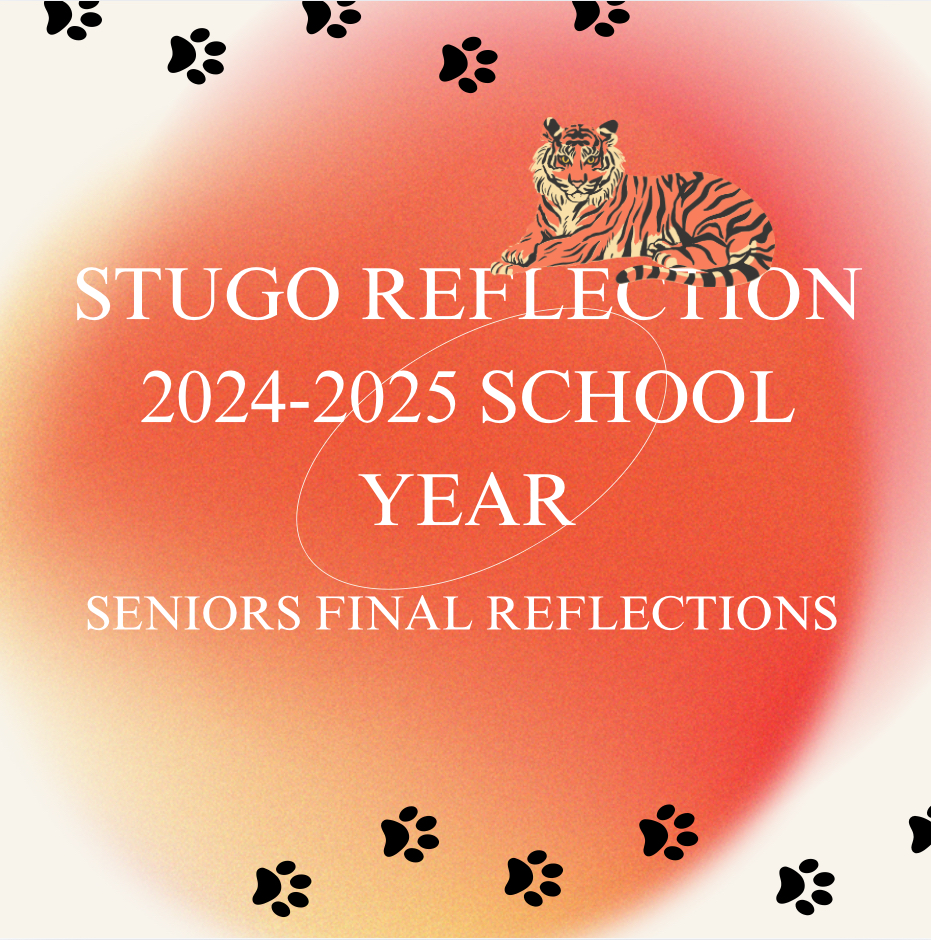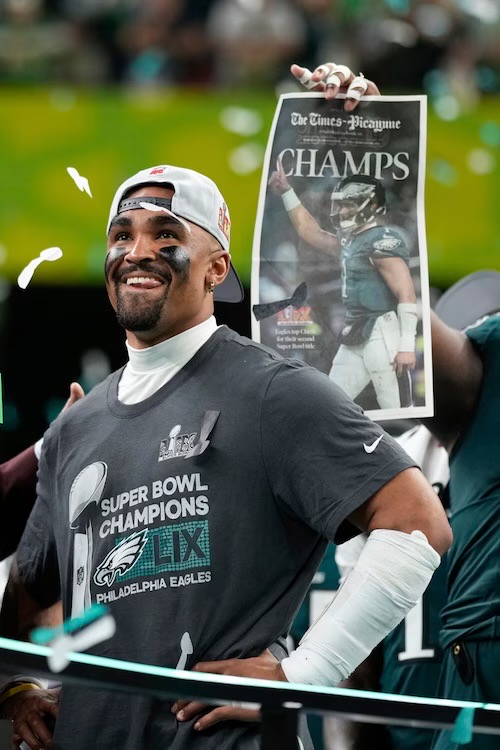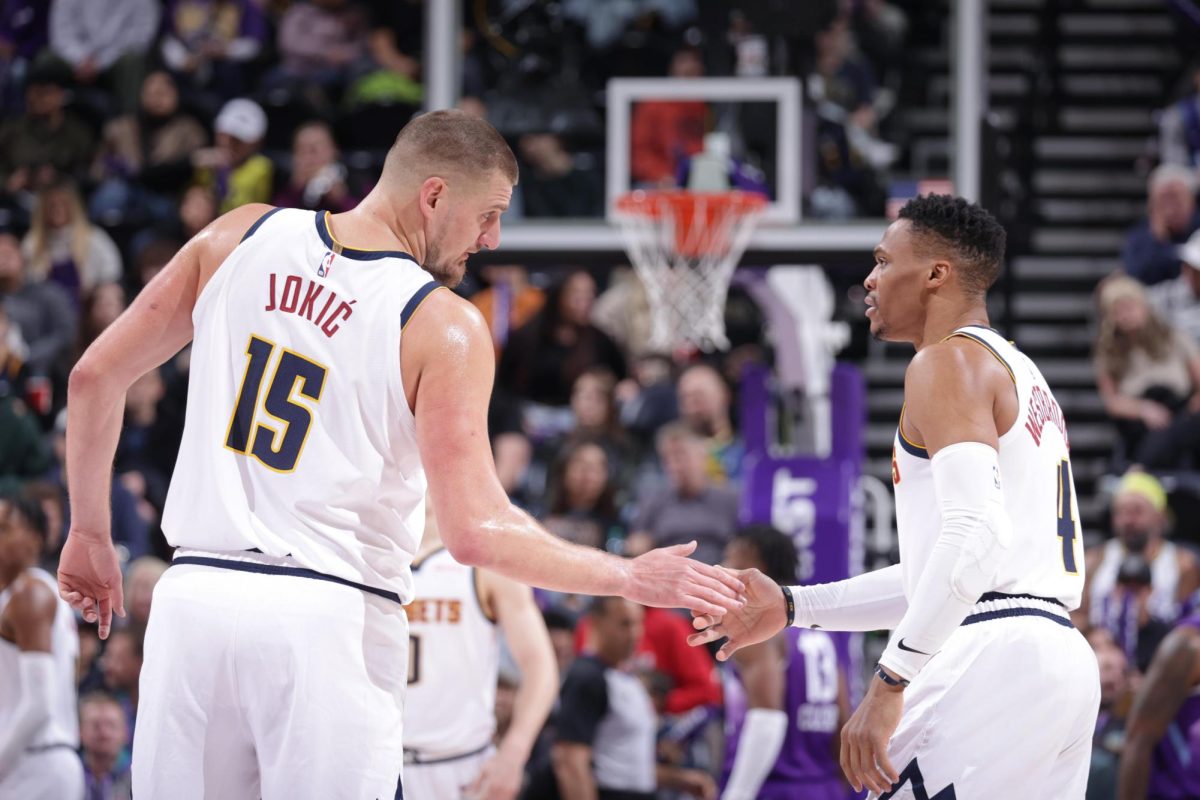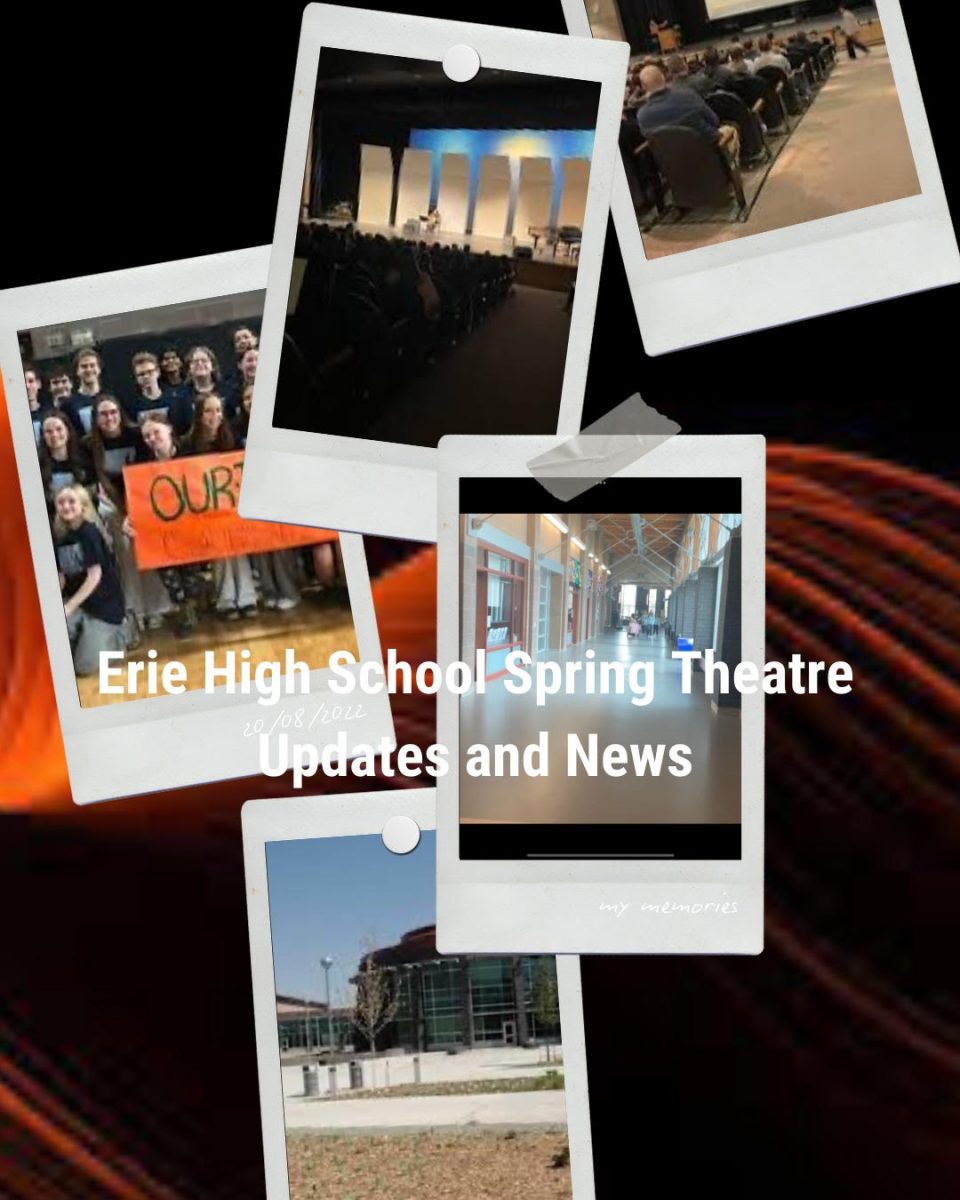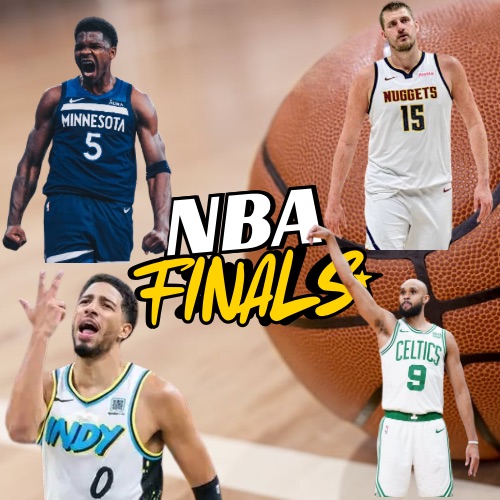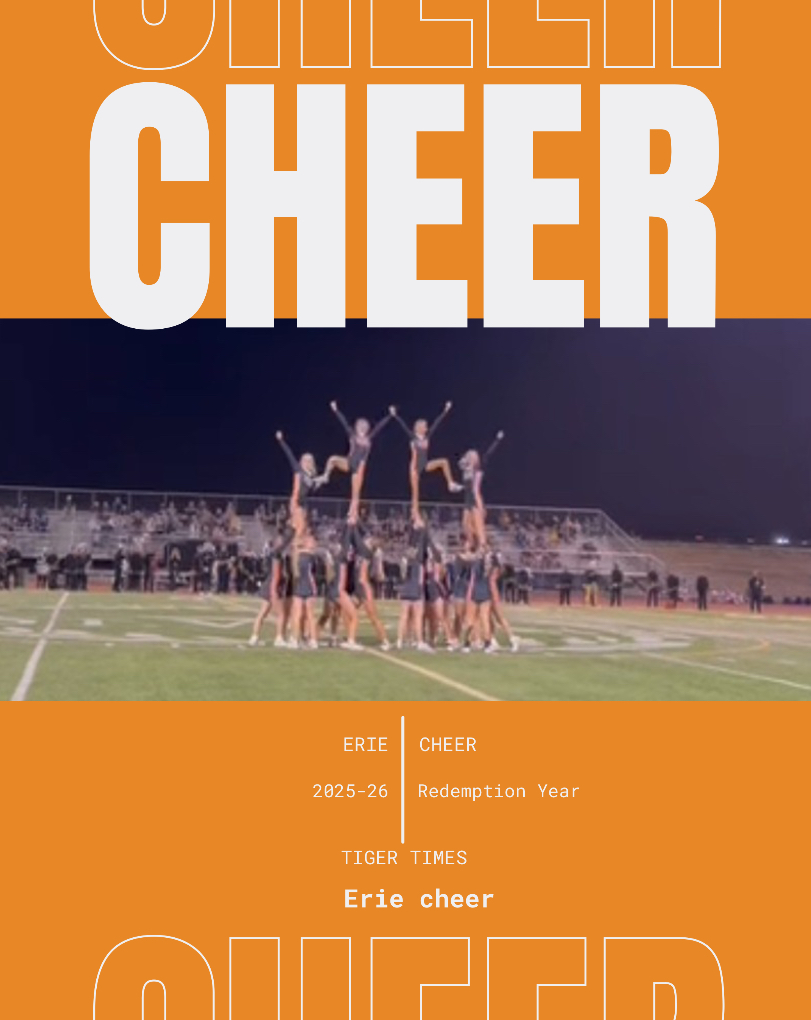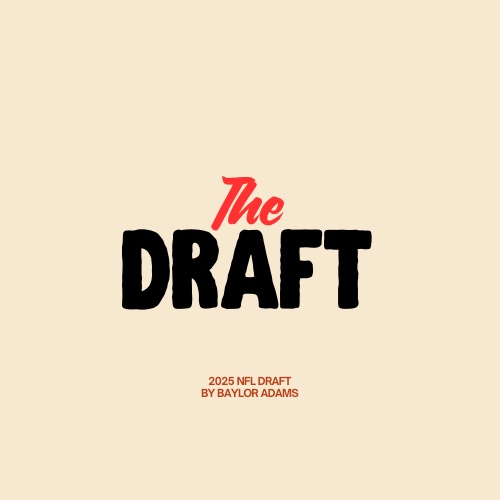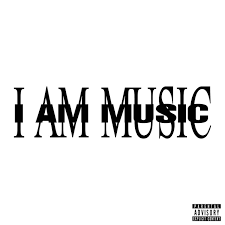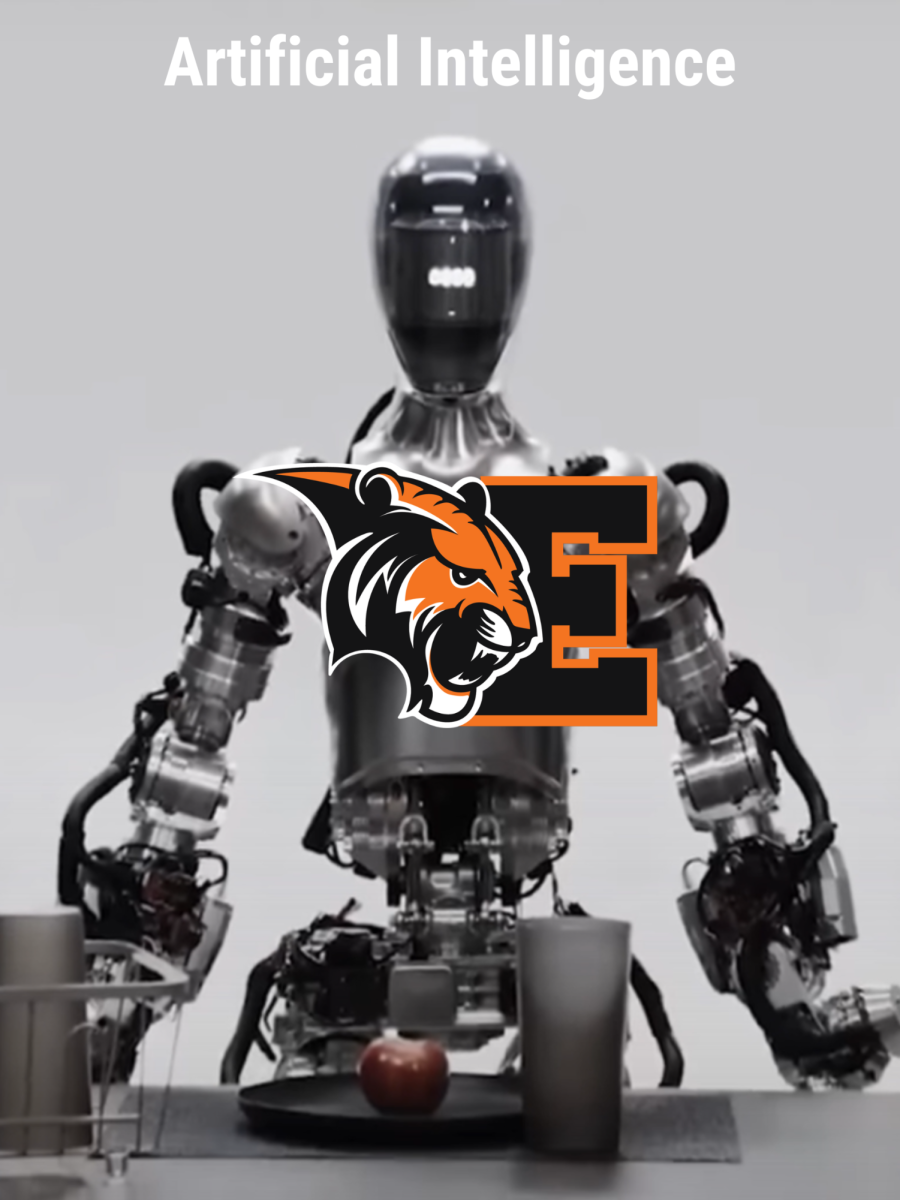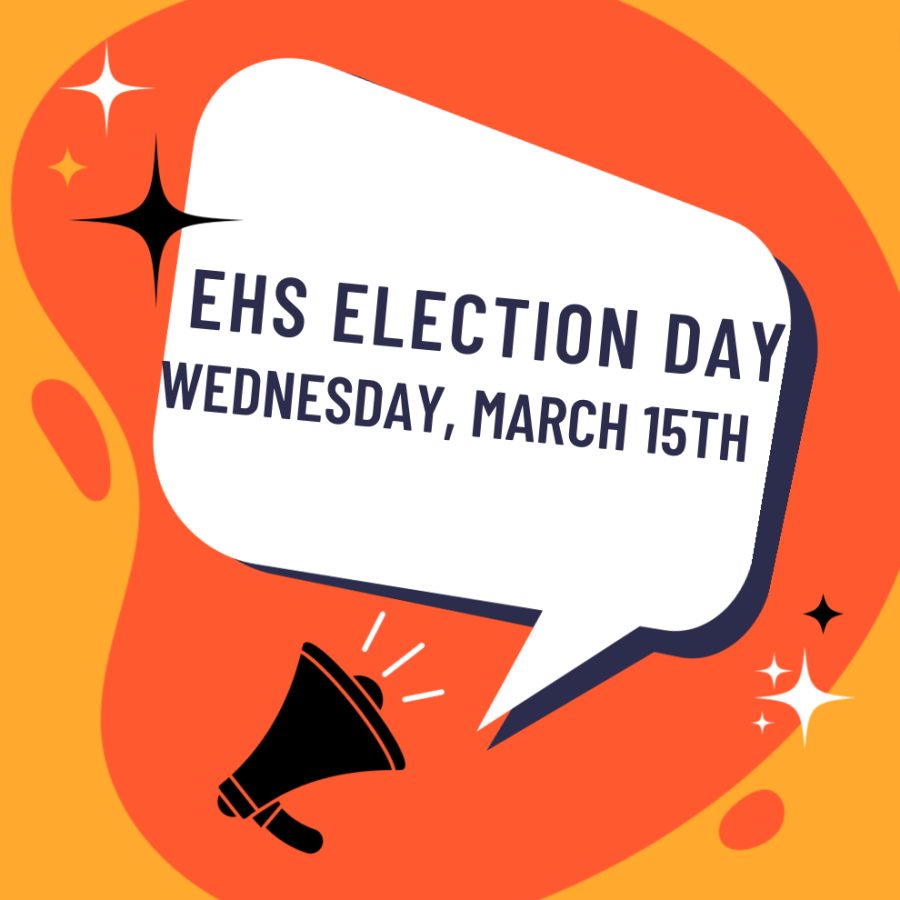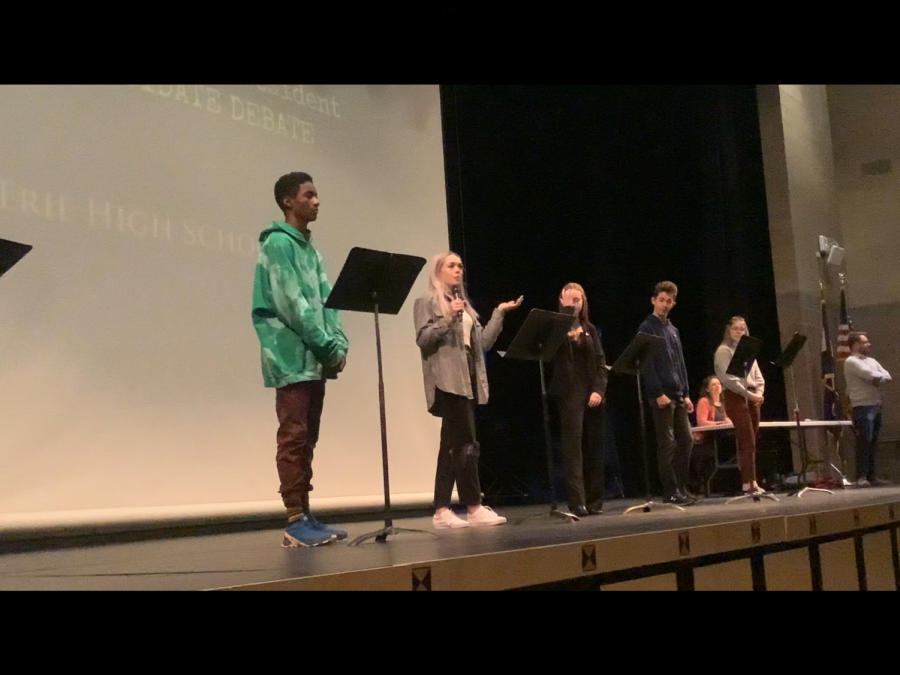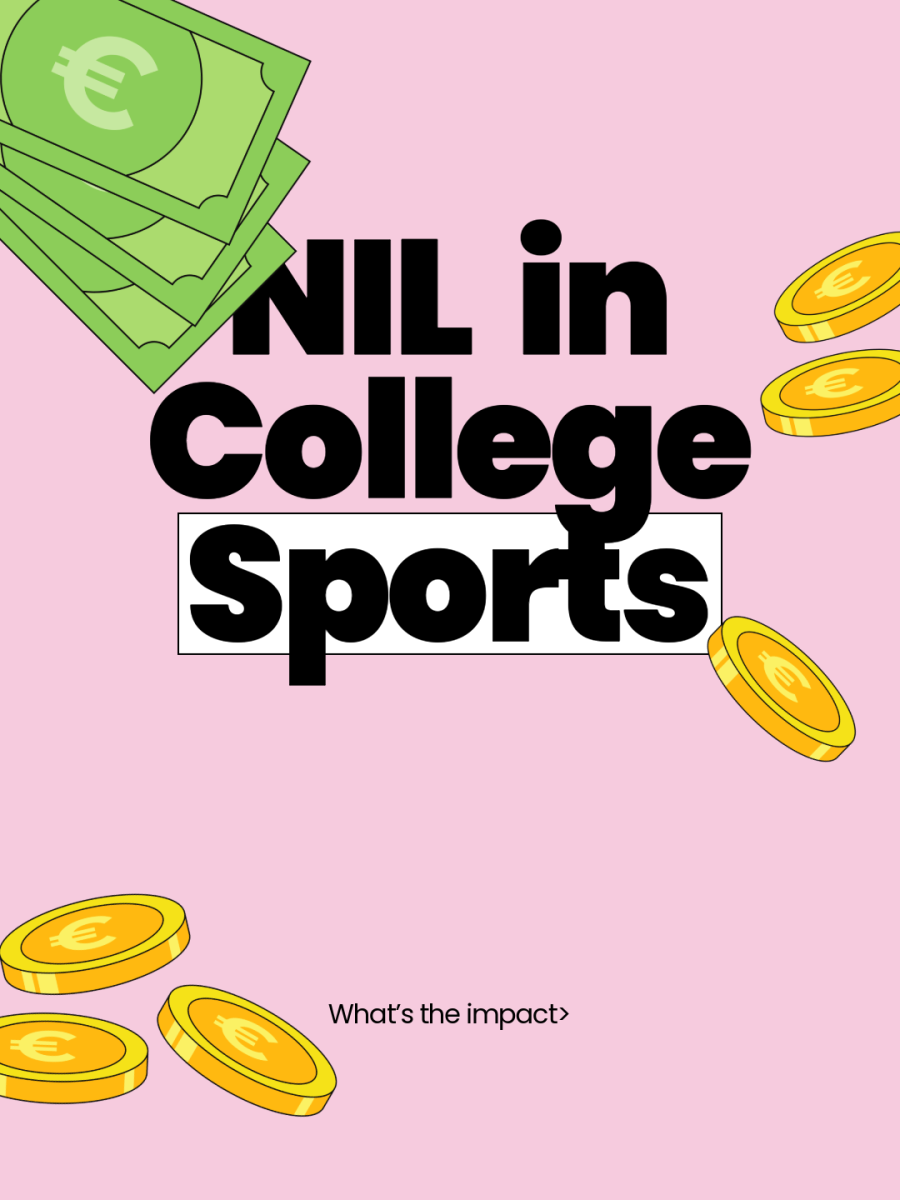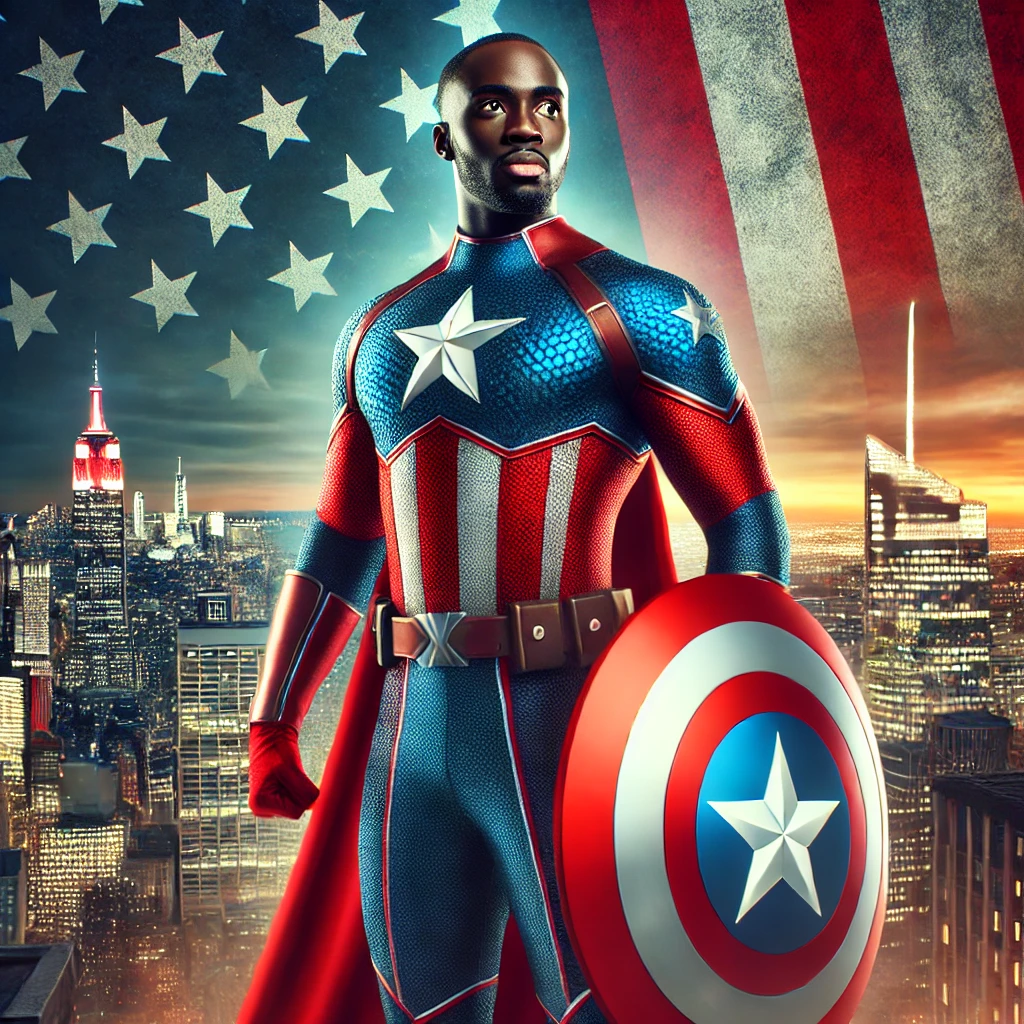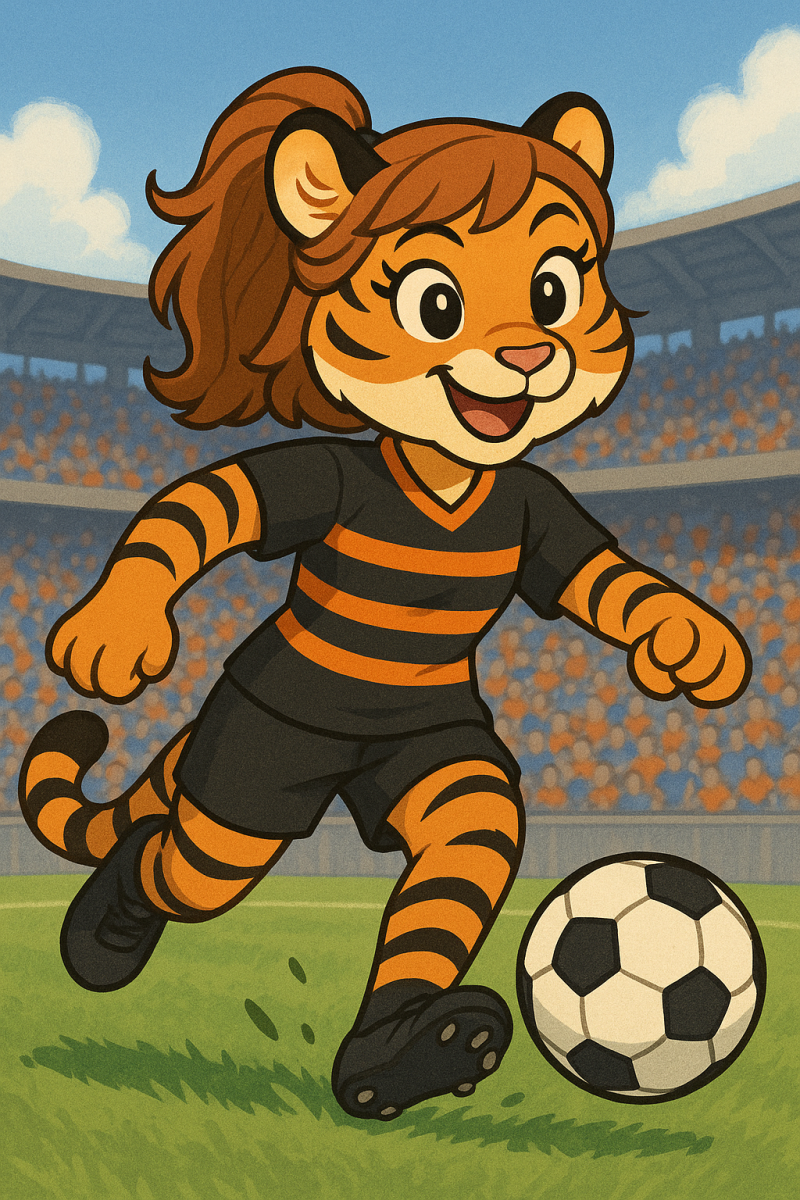March Madness, the NCAA Men’s Basketball Tournament, is arguably the most highly anticipated sporting tournament in America. Die-hards and casual fans alike observe millions of fans making predictions on which team will be trimming the nets. March Madness started with Oregon vs. Ohio State in 1939 and grew to be a phenomenon. By the 1980s, with its popularity across the country and “Cinderella” upsets, it was an annual spectacle.Before social media, March Madness was enjoyed by fans via television, sports bars, and word of mouth.Fans watched games alone for the most part of non-fellow basketball fans. In the recent past, social media revolutionized the way fans view the tournament.Social media sites like TikTok, Twitter, and Instagram have made March Madness a more interactive and engaging experience.The fans are now part of the tournament narrative through memes, reactions, and behind-the-scenes details. Social media is revolutionizing our sports experience, and this is proving its gigantic influence on March Madness’ cultural significance. This essay explores the dual-edged impact of social media on March Madness. It has revolutionized fan-athlete interaction, highlights, story, and cultural popularity at the same time introducing problems like disinformation, players’ pressure, and commercialization. Before social media, fan-athlete interaction was not close. Fans celebrated the teams from the sideline, and athletes were like unreachable icons, with minimal direct contact with the fan community. Media opportunities, for example, post-match interviews and newspaper coverage, were the direct means by which fans learned more about their favourite idols, through mediated photographs. Social network websites have shattered this dynamic, offering fans unparalleled exposure to idols. Players now directly engage with fans on Twitter, Instagram, and TikTok without going through mainstream media. By tweeting after a win, sharing workouts, or even responding to comments, they become humanized. This visibility forms a personal relationship, and fans connect more to the players’ lives. This is a double-edged sword. There are downsides to this shift. The spontaneity that allows people to engage with sports individuals also subjects them to trolls, abuse, and criticism. After a poor game or controversy, they are flooded with abusive messages, affecting their psychological well-being. NCAA’s RJ Luis Jr. closed down his Instagram account due to abuse by fans, illustrating the darker aspect of social media impact on players. The pressure of living a public image and being bashed every moment on the internet can take its toll on teenage and young adult athletes. Wariness about social media exaggerates privacy. Fans enjoy the openness teams and players offer, but it costs in terms of relationships when personal moments become public. Fans live through the off-court life of players, such as family time or celebrating, at the cost of privacy. Instagram and TikTok have changed March Madness through more visual narrative. They provide highlight and provide individualized commentary of coaches and players. Viewers still are able to watch the broadcasts, but social media takes highlight reels to a whole different level through shareable, bite-sized media. During the tournament, Instagram does post game-winning shots, thunderous dunks, and buzzer-beaters that become viral instantaneously. These moments, typically preceded by sound and captions, get translated into memes and cultural currency. Buzzer-beating masterpieces and celebration ceremonies are March Madness social media tradition. TikTok has been able to make these moments go viral. The app’s short videos include reactions of fans towards games, victory celebrations, or reenactments of signature moves. During the 2021 March Madness, various fans uploaded reaction videos to buzzer-beaters and dance challenges, showing the presence of TikTok. Players have been using TikTok to upload dance videos and behind-the-scenes videos, making them more energetic than on-court personas. Behind-the-scenes videos also assist in transforming the manner in which the fans engage with the tournament. Players and coaches upload their locker room moments, team activity, and practice. For instance, Instagram stories will sometimes have locker room celebrations or pre-game pep talks before major games. Those are things that were formerly exclusive to players and coaches but are now readily available to everyone, and it provides a new level of connection between fans and teams.The Impact of Social Media on March Madness Social media has taken March Madness’ popularity beyond basketball lovers alone. Its viral nature transports tournament moments into web culture and extends March Madness beyond a sporting event. Social media enables national discussion about the tournament and introduces new ways of interaction for fans.Social media significantly amplifies sleeper players and schools during March Madness. There are always those surprise teams that amaze the world each year, creating “Cinderella” stories that define the tournament. Those stories once existed primarily on sports pages and among the fan base. Social media sites like Twitter and TikTok now allow players and teams to become overnight national celebrities. Viral moments can help smaller programs. Short-form content, including TikTok challenges and Instagram reels, makes March Madness more appealing to a younger generation. Trends and memes that go viral make the tournament part of online culture. Recreational fans who are not familiar with the sport or the teams are attracted through social media shared experiences, such as the March Madness bracket challenge and viral highlights. But there is also the possibility that social media detracts from the game itself. With all the viral content, memes, and trends, the tournament at times becomes more of a pop culture phenomenon than a classic sporting event. This breakdown of the basketball focus may perturb to traditionalists who feel the focus of the spotlight during March Madness must be on the game and the competition.The presence of social media during March Madness can only grow more. Live streaming, augmented reality (AR), and interactive content will enhance future tournaments. AR has the potential to enable fans to watch live statistics, players’ highlight reels, or relive experiences from their own perspective on a mobile device. This will make fans as involved as possible. Younger audience members who grew up entirely online will view March Madness in a different way from older audience members and will need personalized and live experiences. The future of the tournament can be maximized with greater user-created content, more interactive engagement through challenges and immediate feedback.
Social media already sets the pace for March Madness, and the tournament has become a cultural phenomenon.
TikTok, Twitter, and Instagram have transformed fan engagement with the tournament, delivering instant highlights, behind-the-scenes content, and top trending moments. These developments have taken March Madness’s popularity to the extreme, sending upstart teams and players, and redefining what it means to be a fan. As sports and social media continue to evolve, it will be fascinating to observe how March Madness adapts. Social media now redefines fan experiences and creates new cultural reference points for the tournament in the digital era.




